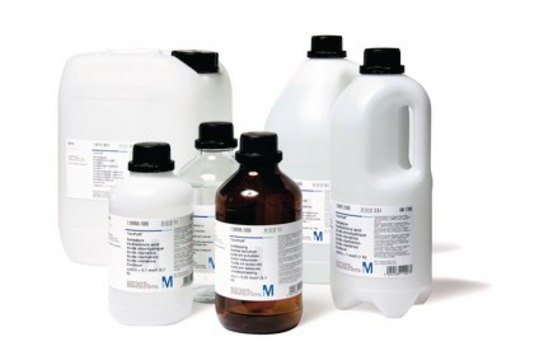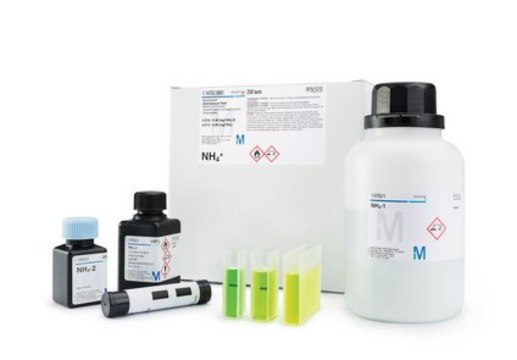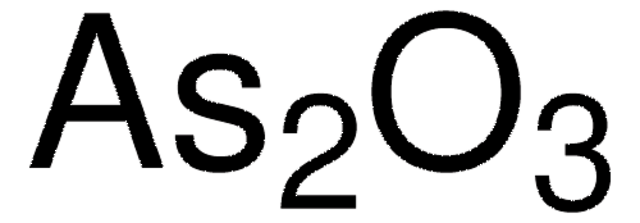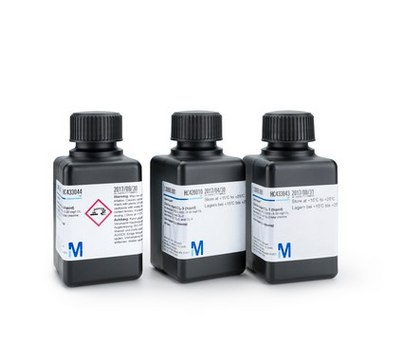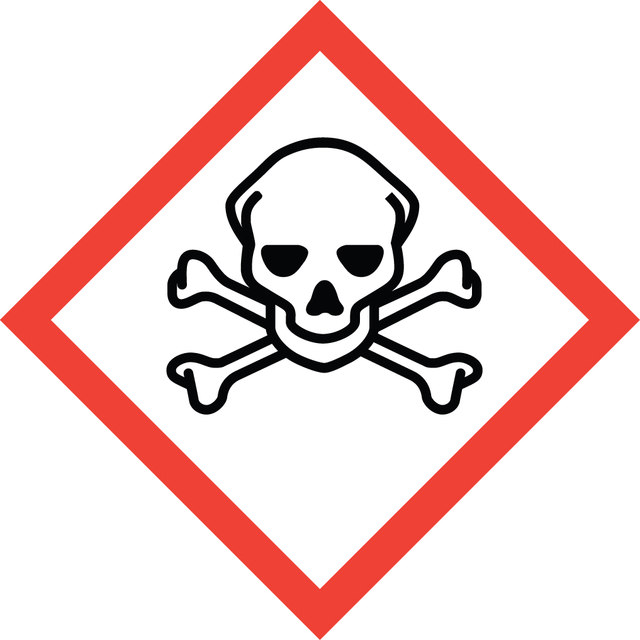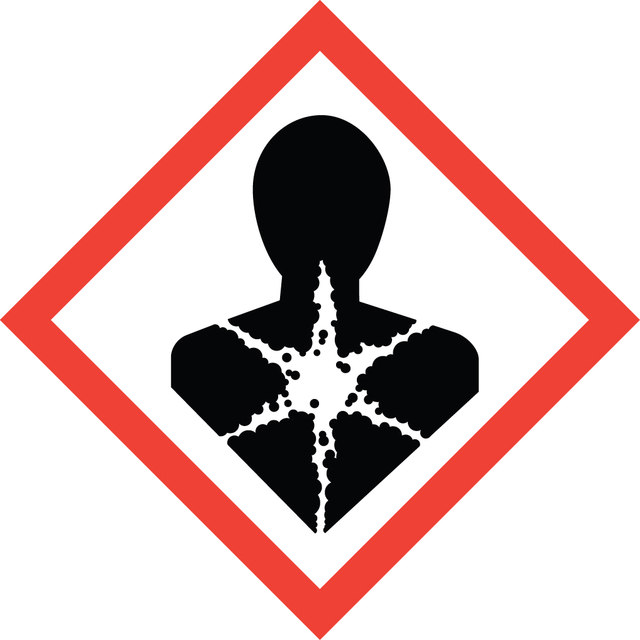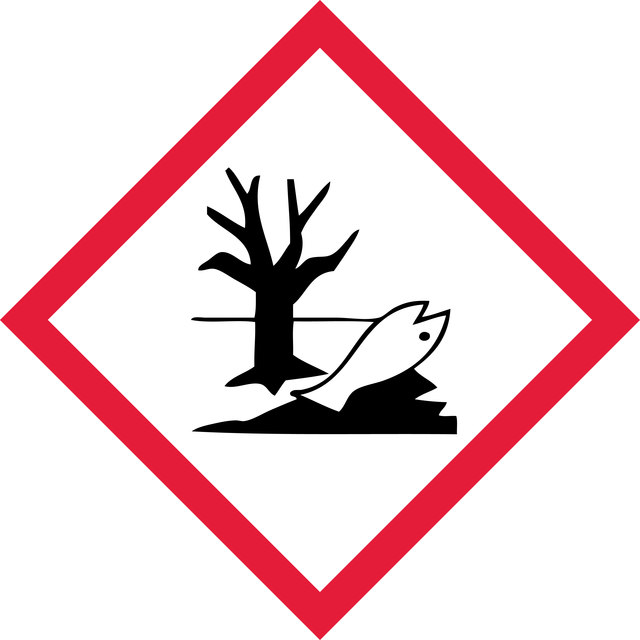V000351
Sodium (meta)arsenite
p.a., 98.0%
Synonym(s):
Sodium dioxoarsenate
About This Item
Recommended Products
grade
p.a.
Assay
98.0%
SMILES string
[Na+].[O-][As]=O
InChI
1S/AsHO2.Na/c2-1-3;/h(H,2,3);/q;+1/p-1
InChI key
PTLRDCMBXHILCL-UHFFFAOYSA-M
Looking for similar products? Visit Product Comparison Guide
Signal Word
Danger
Hazard Statements
Precautionary Statements
Hazard Classifications
Acute Tox. 3 Inhalation - Acute Tox. 3 Oral - Aquatic Acute 1 - Aquatic Chronic 1 - Carc. 1A
Storage Class Code
6.1B - Non-combustible acute toxic Cat. 1 and 2 / very toxic hazardous materials
WGK
WGK 3
Regulatory Information
Choose from one of the most recent versions:
Certificates of Analysis (COA)
Don't see the Right Version?
If you require a particular version, you can look up a specific certificate by the Lot or Batch number.
Already Own This Product?
Find documentation for the products that you have recently purchased in the Document Library.
Our team of scientists has experience in all areas of research including Life Science, Material Science, Chemical Synthesis, Chromatography, Analytical and many others.
Contact Technical Service

